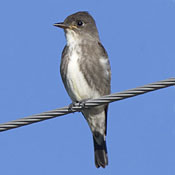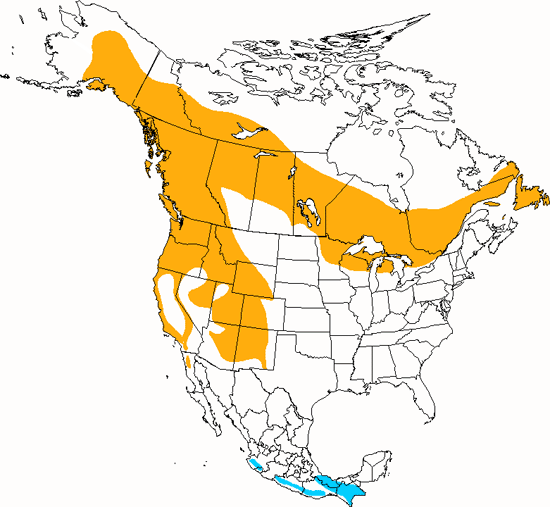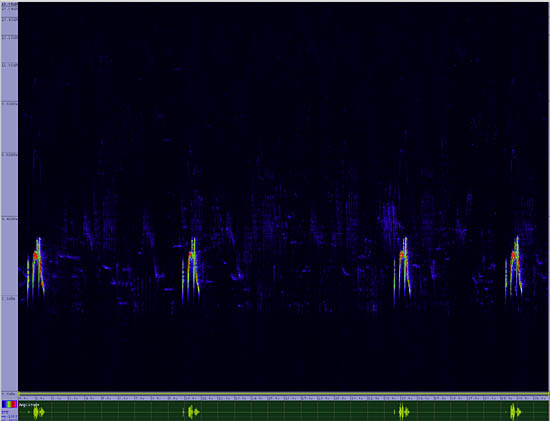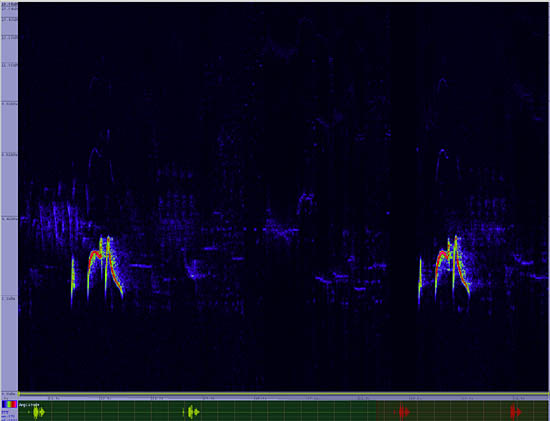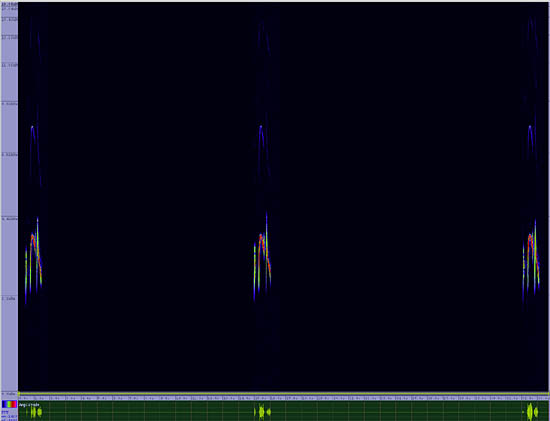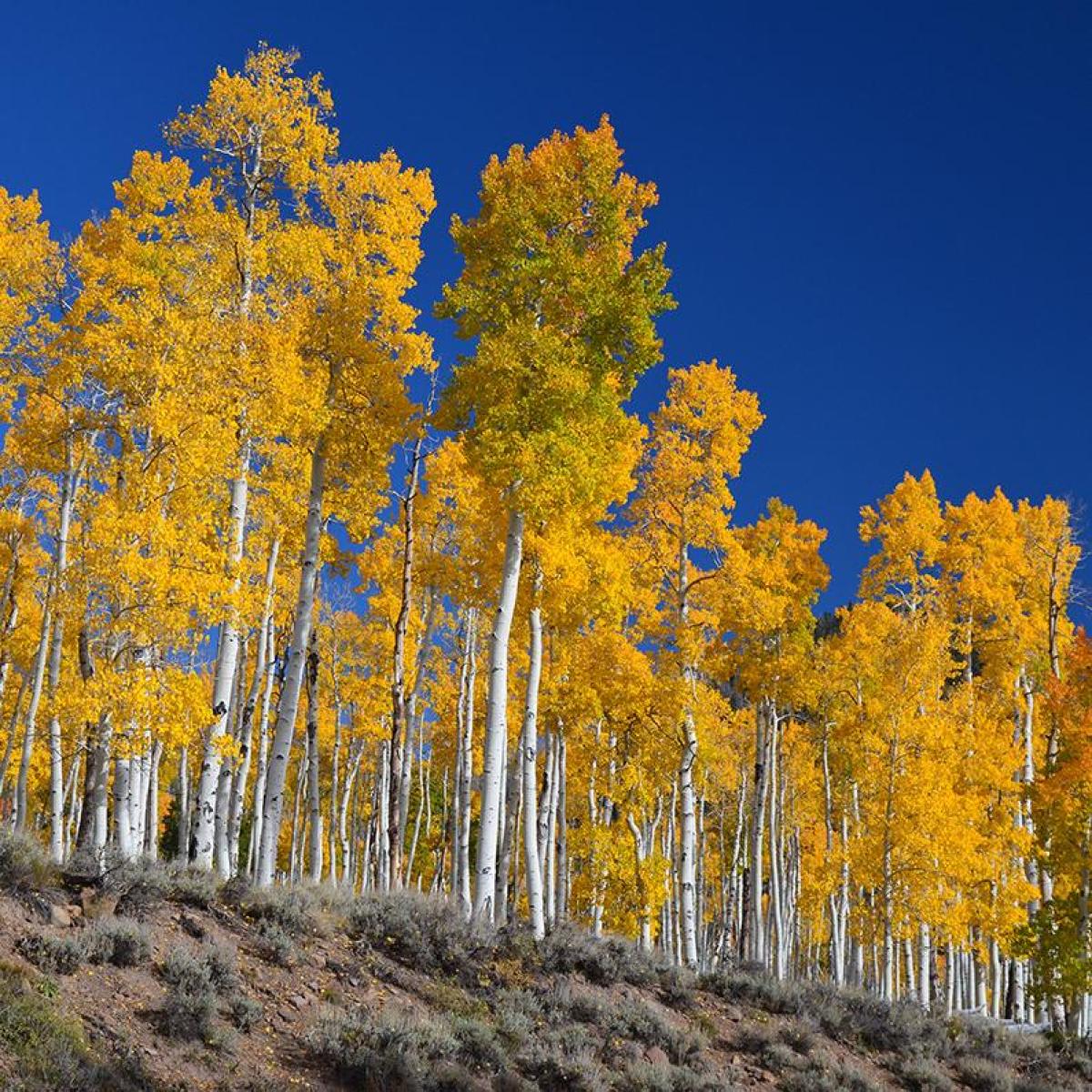Olive-sided Flycatcher
Contopus cooperi

Perching
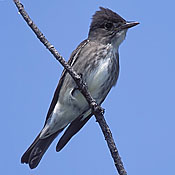
Length: 8 in. (19 cm )
A conspicuous summer resident and migrant, this flycatcher chooses the most conspicuous dead spar or exposed branch on which to perch. From here it surveys the air space around it and flies out to capture flying insects from the air. It nests in coniferous forests and places its lichen-covered cup- nest far out on the end of a horizontal branch. Adults can be very aggressive toward intruders that approach the nest. The Olive-sided Flycatcher winters primarily in South America.
The four-digit banding code is OSFL.
Bibliographic details:
- Article: Olive-sided Flycatcher
- Author(s): Dr. Biology
- Publisher: Arizona State University School of Life Sciences Ask A Biologist
- Site name: ASU - Ask A Biologist
- Date published:
- Date accessed:
- Link: https://askabiologist.asu.edu/activities/bird/olive-sided-flycatcher
APA Style
Dr. Biology. (). Olive-sided Flycatcher. ASU - Ask A Biologist. Retrieved from https://askabiologist.asu.edu/activities/bird/olive-sided-flycatcher
Chicago Manual of Style
Dr. Biology. "Olive-sided Flycatcher". ASU - Ask A Biologist. . https://askabiologist.asu.edu/activities/bird/olive-sided-flycatcher
Dr. Biology. "Olive-sided Flycatcher". ASU - Ask A Biologist. . ASU - Ask A Biologist, Web. https://askabiologist.asu.edu/activities/bird/olive-sided-flycatcher
MLA 2017 Style
Be Part of
Ask A Biologist
By volunteering, or simply sending us feedback on the site. Scientists, teachers, writers, illustrators, and translators are all important to the program. If you are interested in helping with the website we have a Volunteers page to get the process started.

